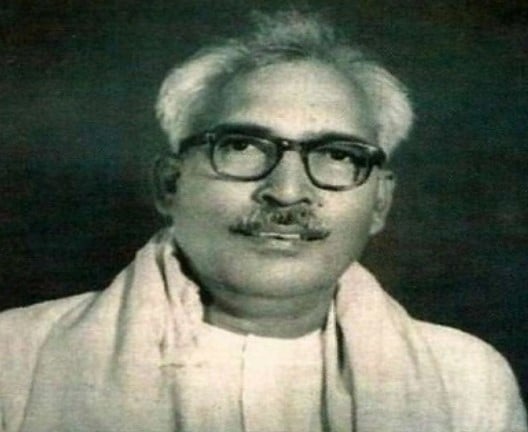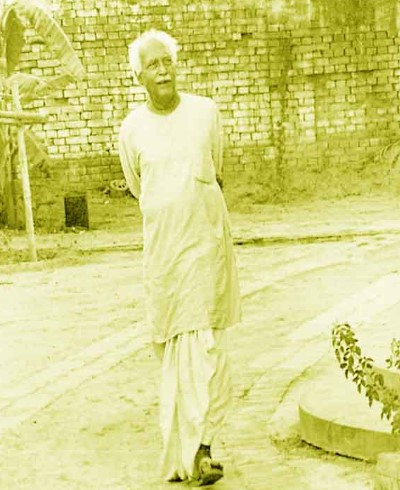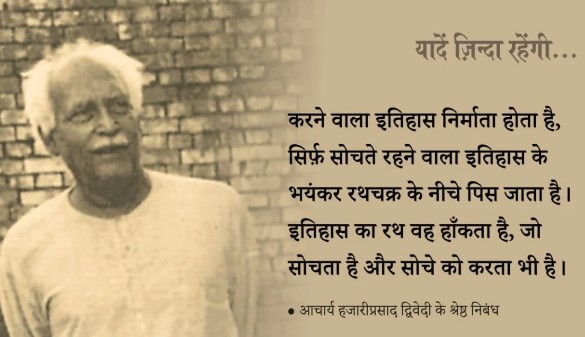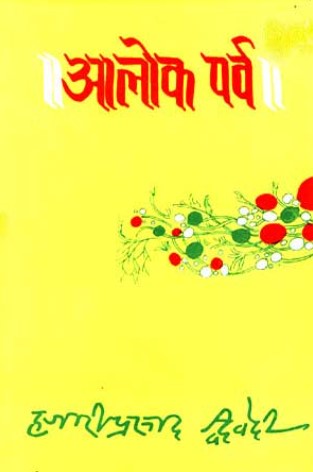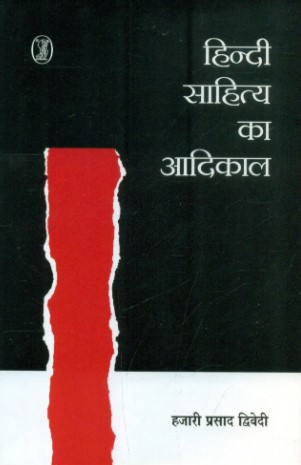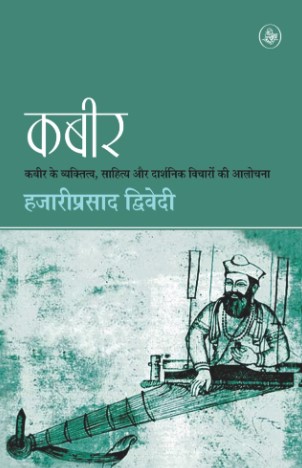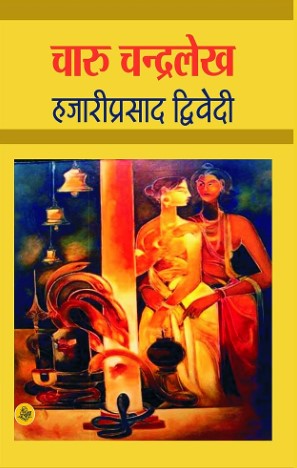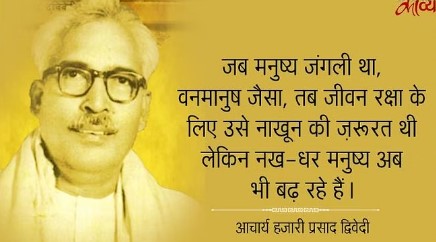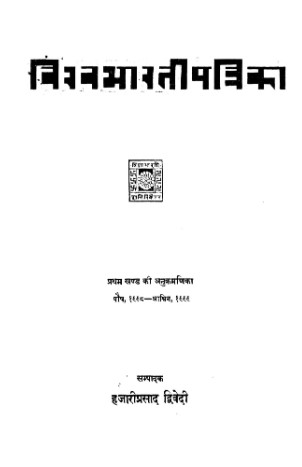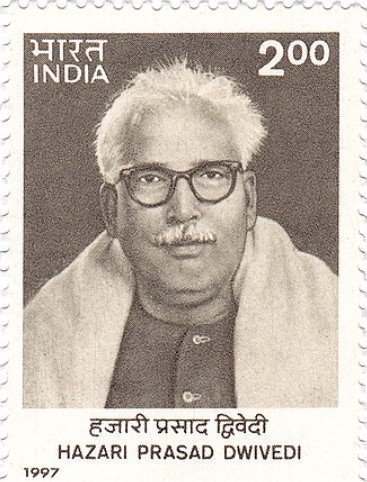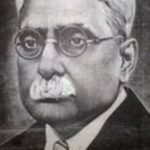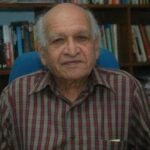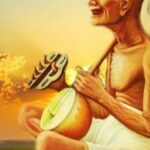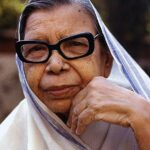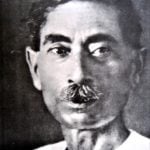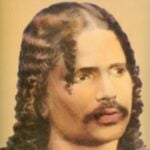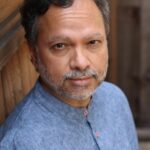Hazari Prasad Dwivedi Age, Death, Wife, Family, Biography & More
Quick Info→
Hometown: Ballia, United Provinces Of Agra And Oudh, British India
Wife: Bhagwati Devi
Age: 71 Years
| Bio/Wiki | |
|---|---|
| Birth name | Baijnath Dwivedi [1]IGNCA |
| Other name | Acharya Hazari Prasad Dwivedi [2]Amar Ujala |
| Professions | Writer, Essayist, Scholar, Historian, Novelist, Critic |
| Known for | Being a historical researcher on medieval religious movements of India especially Kabir and Natha Sampradaya |
| Physical Stats & More | |
| Eye Colour | Black |
| Hair Colour | Salt and Pepper |
| Career | |
| Notable Works | • Kabir • Banbhatt Ki Aatmkatha • Sahitya Ki Bhumika • Nakhoon Kyon Barhte Hain • Kutaj • Alok Parva |
| Awards | • 1973: Sahitya Akademi Award • 1957: Padma Bhushan |
| Personal Life | |
| Date of Birth | 19 August 1907 (Monday) |
| Birthplace | Village Arat-Dubeka Chhapra, district Ballia, United Provinces of Agra and Oudh, British India |
| Date of Death | 19 May 1979 |
| Place of Death | Delhi, India |
| Age (at the time of death) | 71 Years |
| Death Cause | Brain Tumor |
| Zodiac sign | Leo |
| Signature |  |
| Nationality | Indian |
| Hometown | Ballia, United Provinces of Agra and Oudh, British India |
| College/University | • Banaras Hindu University • Lucknow University |
| Educational Qualifications | • Dwivedi received his early education in Sanskrit. • Shastri in Sanskrit literature (1929) [3]IGNCA • Intermediate and Acharya examinations in Astrology from Banaras Hindu University (1930) [4]IGNCA • Doctorate of Literature from Lucknow University (1949) [5]IGNCA |
| Caste | Kayastha |
| Relationships & More | |
| Marital Status (at the time of death) | Married |
| Marriage Date | Year, 1927 |
| Family | |
| Wife/Spouse | Bhagwati Devi |
| Children | He had children. [6]IGNCA |
| Parents | Father- Pandit Anamol Dwivedi (a Sanskrit scholar) Mother- Paramajyoti Devi |
| Siblings | Brother- Acharya Dr Rama Nath Dwivedi (writer) |
Some Lesser Known Facts About Hazari Prasad Dwivedi
- Hazari Prasad Dwivedi (1907 – 1979) was a renowned Indian poet and Hindi writer. He authored many notable poems, novels, and essays. He is known for his historical research on religious movements in medieval India, particularly focusing on Kabir and Natha Sampradaya. He was also famous for writing about the historical development of Hindi literature in India.
- Hazari Prasad Dwivedi was born into a traditional family known for its famous astrologers. Apart from Hindi, he was skilled in many other languages including Sanskrit, Bengali, Punjabi, Gujarati, Pali, Prakrit, and Apabhramsa. At a young age, he explored the literature of these languages. Dwivedi was also a remarkable reader with vast knowledge. He used English to study the classics of ancient Greece and modern Europe and became well-versed in Western philosophy.
- As Dwivedi had a deep knowledge of traditional languages, he became a bridge between the past and the present. Being a student of Sanskrit and well-versed in the Sastras, he provided a fresh perspective to Sahitya-sastra and was regarded as an excellent commentator on the textual tradition of Indian literature.
- In 1930, he earned the title of Shasracharya by studying astrology. In 1940, soon after completing the Intermediate and Acharya examinations in Astrology at Banaras Hindu University, he went to Visva Bharati (Santiniketan) for a teaching assignment.
- Hazari Prasad Dwivedi then joined ‘Visva Bharati’ and served there for two decades. There, he taught Sanskrit and Hindi while focusing on research and creative writing. He played a crucial role in founding its Hindi Bhavana, where he served as the Director of Hindi Bhavan at Visva-Bharati from 1940 to 1950. During his time in Shantiniketan, he had close interactions with Rabindranath Tagore, Kshitimohan Sen, Vidhusekhar Bhattacharya, and Banarasidas Chaturvedi. Reportedly, he learned the nuances of Bengali, the aesthetic sensibilities of Nandalal Bose, the roots exploration of Kshitimohan Sen, and the gentle yet piercing humour of Gurudayal Mallik. These influences were evident in his later writings.
- In 1950, Hazari Prasad Dwivedi left Shantiniketan and became a Reader in the Hindi Department at Banaras Hindu University in Varanasi, where Dr Jagannath Prasad Sharma was the professor and head of the department. Dwivedi served there until 1960. From 1950 to 1953, he served as a member of the Executive Council at Visva-Bharati University. He was the President of Kashi Nagari Pracharini Sabha from 1952 to 1953 and was also a member of the General Body and Management Committee of Sahitya Akademi in Delhi. He made significant contributions by discovering manuscripts of Nagari Pracharini Sabha, Kashi in 1952, and serving as the Inspector of National Bibliography published by Sahitya Akademi in 1954. He was appointed as a member of the first Official Language Commission established by the Indian Government in 1955.
- In 1957, Hazari Prasad Dwivedi was honoured with the Padma Bhushan for his contributions to Hindi literature, and in 1973, he received the Sahitya Akademi Award for his collection of essays titled ‘Alok Parva.’
- In 1960, Hazari Prasad Dwivedi joined Panjab University, Chandigarh, as a Professor and Head of its Hindi Department, a position he held until his retirement. In 1962, he received the Tagore Award from Paschim Banga Sahitya Akademi. He then returned to Kashi Hindu University in 1967, and there, he served as the Rector for some time.
- Dwivedi made remarkable contributions to Indian creative and critical writings. He had diverse interests, and his works were highly esteemed. Some of his important works in literary history and criticism are Sahitya ki Bhumika and Hindi Sahitya ka Adikala. Later, these writings brought a new direction to the history of criticism in Hindi literature.
- Hazari Prasad Dwivedi wrote about the medieval religious life of India in the books titled Kabir, Madhyakalin Dharma, and Sadhana Natha Sampradaya. Many readers regarded his work on medieval saint Kabir as a masterpiece. It is a well-researched analysis of Kabir’s thoughts, works, and teachings.
- Hazari Prasad Dwivedi was a famous novelist, who was known for writing about historical themes and characters. Some of his popular historical novels include Banbhatt Ki Aatmkatha (1946), Anamdas Ka Potha, Punarnava, and Charu-Chandra-Lekha.
- Hazari Prasad Dwivedi was an excellent essay writer, and some of his notable essays include Kalplata (Shirish ke phool and other essays): “Shirish ke phool” (which is included in the NCERT Hindi book for class XII), Nakhoon Kyon Barhte Hain (Why do the nails grow), Ashok ke phool, Kutaj, and Alok Parva (Collection). In addition, he also translated numerous works from English and other languages into Hindi. Some of them are Prabandha-Chintamani (from Prakrit), Puratan Prabandha, Sangraha Vishva Parichay, Lal Kaner, “mouthi mar thi hoa mara.”
- He later founded and edited the Visva-Bharati Patrika in Hindi. Hazari Prasad Dwivedi served as the chairman of the Uttar Pradesh Hindi Academy in Lucknow until his demise.
- In 1997, a stamp was issued by the Government of India in his honour for his contributions to Hindi literature.
- Indira Gandhi, the third prime minister of India, was his disciple at Shantiniketan.
References/Sources:

